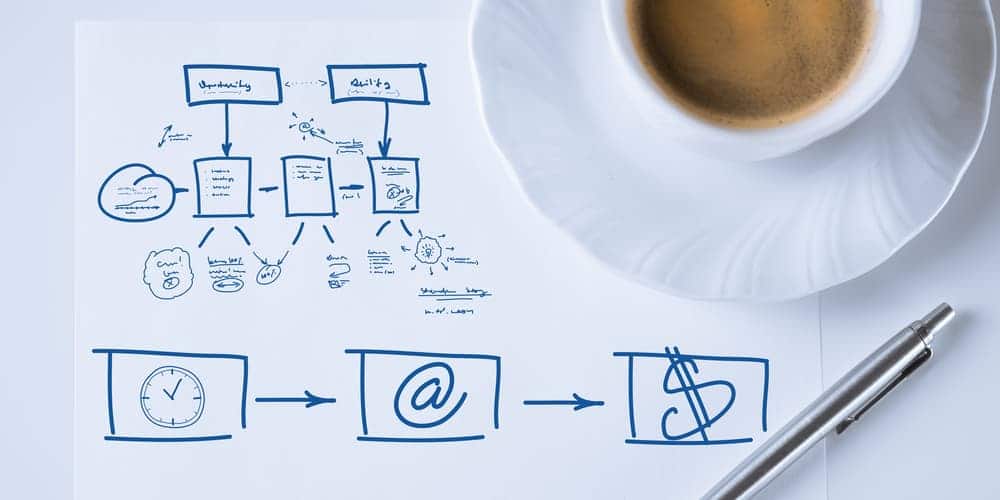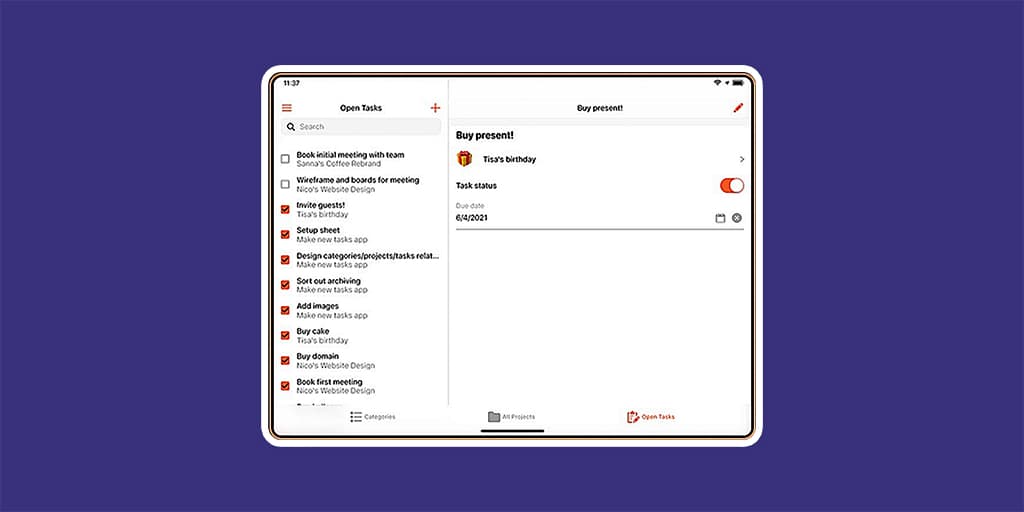Here’s how to plan an app development project for your business:
- Understand scope, target audience, and competition.
- Look into feasability of the app and prototype its main components.
- Develop your business app with custom code or no-code solutions.
- Test the app extensively before you launch it.
- Launch and gather early bird feedback.
Learn the exact process in the sections below.
If you’re looking to build an app from scratch as a small business, then you need a plan for your development project. Apps are now a critical part of many businesses, and they can help you optimize your internal operations and your communication in your team and with your clients.
At least 42% of small businesses now have an app, and another 25% are planning to build their own app in the near future. There are over 3.1 million apps available on Google Play, and another 2.1 million on the Apple App Store, and they’re more accessible than ever.
A development plan for your mobile app project is not only important to make sure your app launches in time, but that it rise above its competitors independent of what store they appear on.
It’s all too common for apps to fail because there was no prior research, there is a bad user experience, or the app was not tested correctly. We will walk you through the correct stages of development to make sure that your app has a good development plan and can succeed.
Begin by Pre-Planning Your App Development Project

Before you start to develop your app with a team, you need to pre-plan your project. The pre-planning stage has many benefits including streamlining the development process later on, accurately projecting budget and timelines, and getting a better insight into your competition.
When pre-planning there are two main things to think about:
- What is your app idea, and;
- What apps already exist in your field.
You will want to create a written definition of your project. This should clearly define what your app will do, who will want to use your app, and why they should care about it.
For example, if you are developing an e-commerce app for your business, your app might allow users to look up all of your products and check if they are in stock.
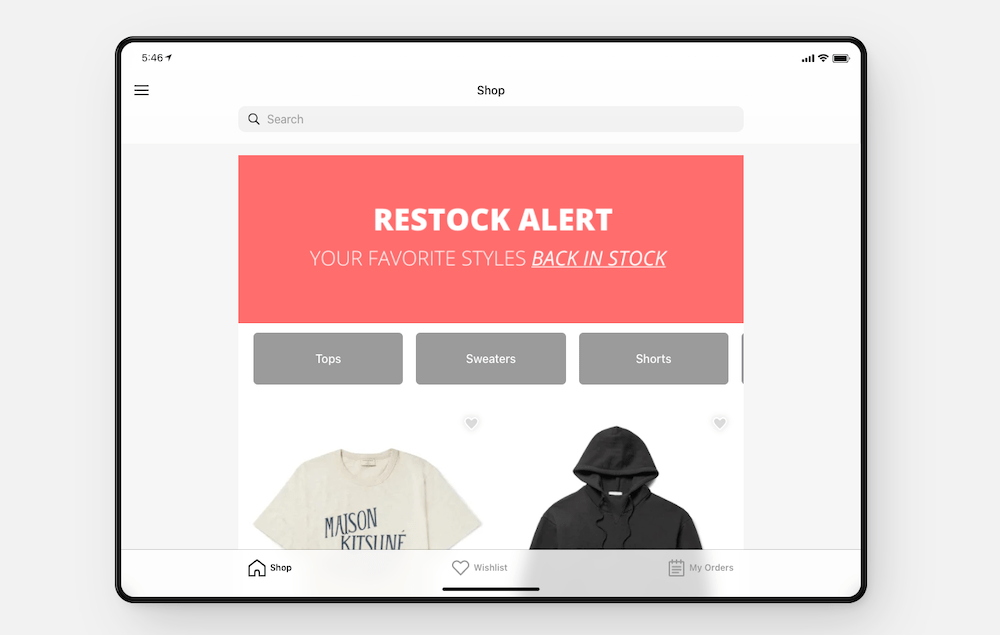
In this case, the users of your app will likely be existing customers of your business.
- Will they use your app because it simplifies the buying process?
- Will they get home delivery or convenient features?
- Can they get rewards through your app?
You will need to think about what existing apps already do these things. The easiest way to do this is to search on the app store using terms that users would use to search for your app. If you have an existing business, you can also check whether your current competitors have an app.
How To Analyze the Competition
Briefly look into the features of these apps and why people would download them. Some of these ideas could be borrowed for your own app, or you might be able to improve on them.
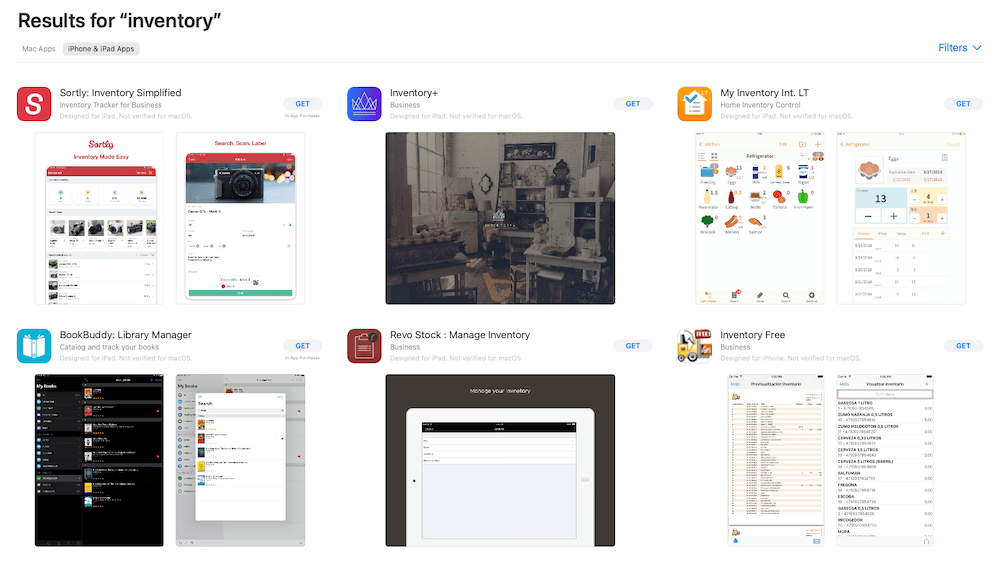
You should look for existing apps that cover your same niche:
- How many products exist on these apps?
- Are the products similar to what you will offer?
- Can you create an account appropriately?
- How does the buying process work?
Make sure that you write all of these points out clearly in a single document. It doesn’t have to be a laborious document, but it should have enough information so that any stakeholders or people working on the app have an understanding of what is going to be developed.
Evaluate Feasibility and Prototype Your App

Now that you’ve evolved your initial idea, you can start working with professionals, contractors, or even employees to more accurately define and develop your app.
Some of your ideas will be simple, some others may be technically difficult or will need some modifications to reach a larger user base. In this stage, you should work with a team to create the specific development requirements in your app development project plan.
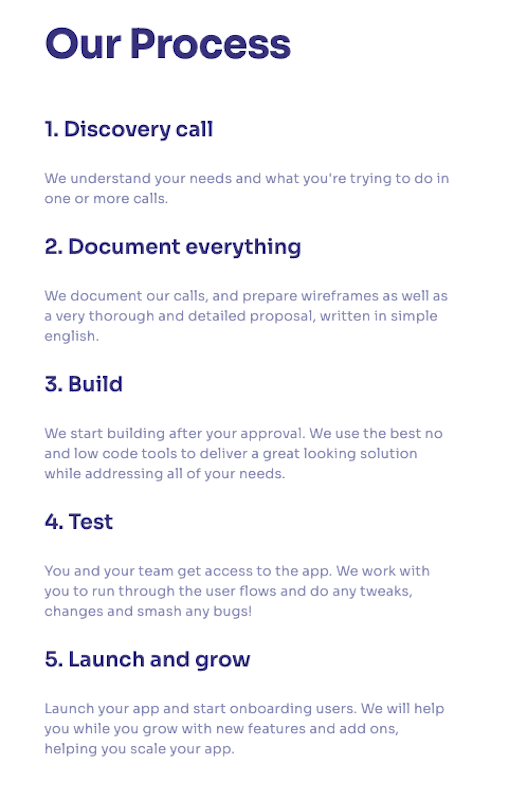
There are multiple reasons why you might make changes to your app at this stage.
One is if your app needs certain data that you don’t already have. You might want to use data similar to what your competitors already use, but your business might not have access to it yet.
In this case, your research or engineering teams could look at how to get this data.
Another reason would be a technically difficult feature.
Overcoming Budget & Technical Issues
You might be developing an app where users can see images of how a piece of machinery fits in their supply chain, but developing this could be outside of your cost or time constraints.
Your engineering team will help you modify this feature so that it still fits your aims, but can be achieved with your resources.
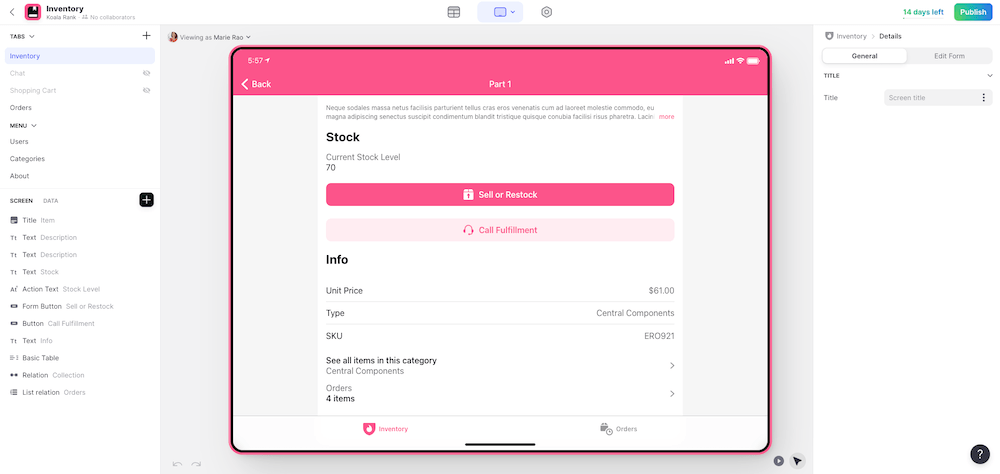
You should also aim to build a rapid prototype at this stage. It is important to remember that this is a “rapid” prototype, and so will only contain a handful of minimalistic features.
This prototype will give you confirmation that what you want to do is feasible, and is great to show to stakeholders who might still need convincing that the project should continue.
Develop Your Business App from the Ground Up

Now that you’ve worked out the app requirements with your engineering team, the complete coding development of your app can begin. This step is best handled by your engineering team, but you can keep an eye on progress as they develop the app.
For mobile app development, the best way to build your app is with agile development.
Agile development involves creating iterative upgrades of your app in short bursts so that your team can adapt to changes and work easily in a collaborative manner.
If your engineering team does use the agile methodology then they will want to hold regular meetings with you, possibly once every week or two. This is a good way to keep updated, and request new features or modifications to existing features.
Note: Development is a multi-faceted process that requires choosing the right technologies and bring them together in a way that fits your business objectives. To learn more about how new development platforms help with this, check out our low-code development guide.
Conduct Thorough App Testing Before Planning a Launch
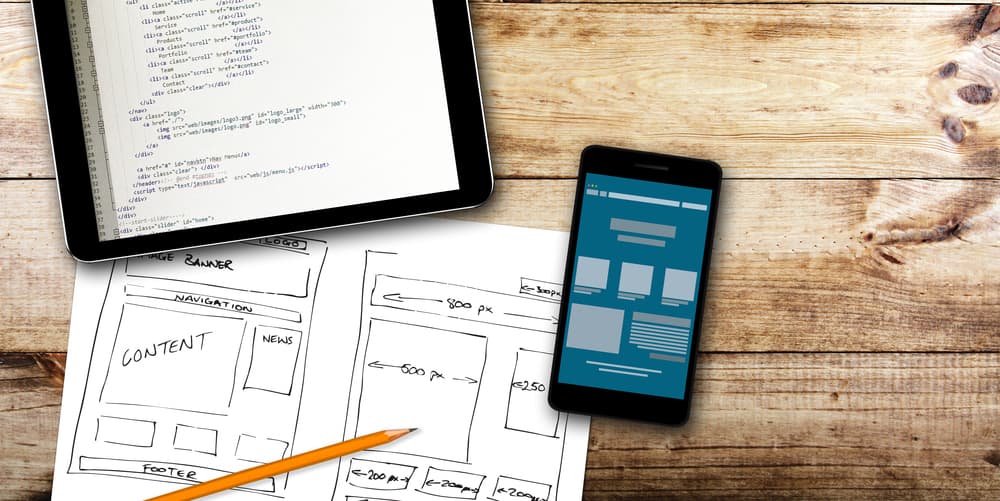
Before you release your app, you need to make sure that it functions as you intended and that your target audience will like it. There are three types of testing that you can perform:
- Unit testing;
- User acceptance testing (UAT), and;
- Beta testing.
Unit testing is the type of testing that is performed by your engineering team.
They will go through the code for your app and make sure that different lines of code work as they should. This is usually done by forcing these lines to be triggered in different controlled situations where they already know how the app will react.
User acceptance testing involves putting the app in the hands of some people in your target audience – and can be conducted by anyone in your business.
This method is good for catching simple bugs in the app.
User acceptance testing involves putting the app in the hands of some people in your target audience – and can be conducted by anyone in your business. You can ask these users if they enjoy the app, and if you pass this stage then you know that your solution is good enough.
Beta testing involves releasing the app to a small portion of your customer base. This can be done through most app stores, which can help you with the process. Beta testing is a great way to get real-world feedback before you release it to the whole world.
Launch Your Business App
If you’ve finished developing your app, and it has passed all stages of testing, then you can release it to the world. Today, you would do this using Progressive Web Apps or PWAs in short.
PWAs are a better way to handle deploying your business app because they don’t require you to pay any upfront fees nor prepare lengthy descriptions and wait for the approval.
Build Your Business App Development Plan
Building a plan for your business app project will help you go from the initial stages of your idea all the way through to launching a fully functioning app without major hiccups.
There are several steps involved in this.
You will need to do some research in the pre-planning stage. This includes understanding the target audience for your app, and what apps already exist that your audience use.
You will need to do some research in the pre-planning stage. This includes understanding the target audience for your app, and what apps already exist that your audience use.
You also have to discuss this plan with your engineering team to make sure that the app ideas are feasible. If they are, then your team can start to build and test the app.
Even when you launch your app, this might not be the end. The top apps on the app store regularly release updates to fix bugs or release new features that the users are dying to see. This is common in the mobile application development lifecycle.
Whatever app you choose to develop, make sure you follow these steps to build your app development plan and release a successful project!
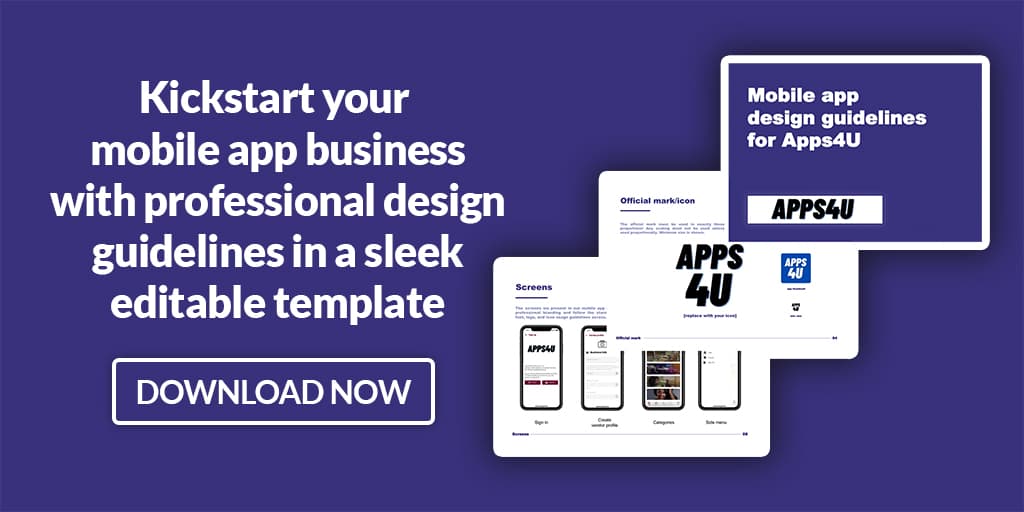
There are 5 steps to planning out a mobile app project for your business: 1) writing down the requirements; 2) prototyping your app; 3) developing it with custom or no-code/low-code solutions; 4) testing it thoroughly, and; 5) getting it in the hands of beta testers to squash the last few bugs.
It depends. If your business has simple needs that can be solved by one of many available pre-made templates, you’re better off using something like Glide or hiring a no-code agency to get the job done. If you’re an enterprise company looking for something more complex, you need to work with custom code.
Yes! There are tons of drag-and-drop app development platforms available and while still not as easy to use as PowerPoint, they make the development process a less expensive. One of these platforms is Glide and it’s recommended for small businesses looking to scale their internal operations.

Jesus is the founder of Low Code Agency: a low-code development agency that allows small business owners to get their mobile and web apps done fast and cost-effectively while maintaining quality.

